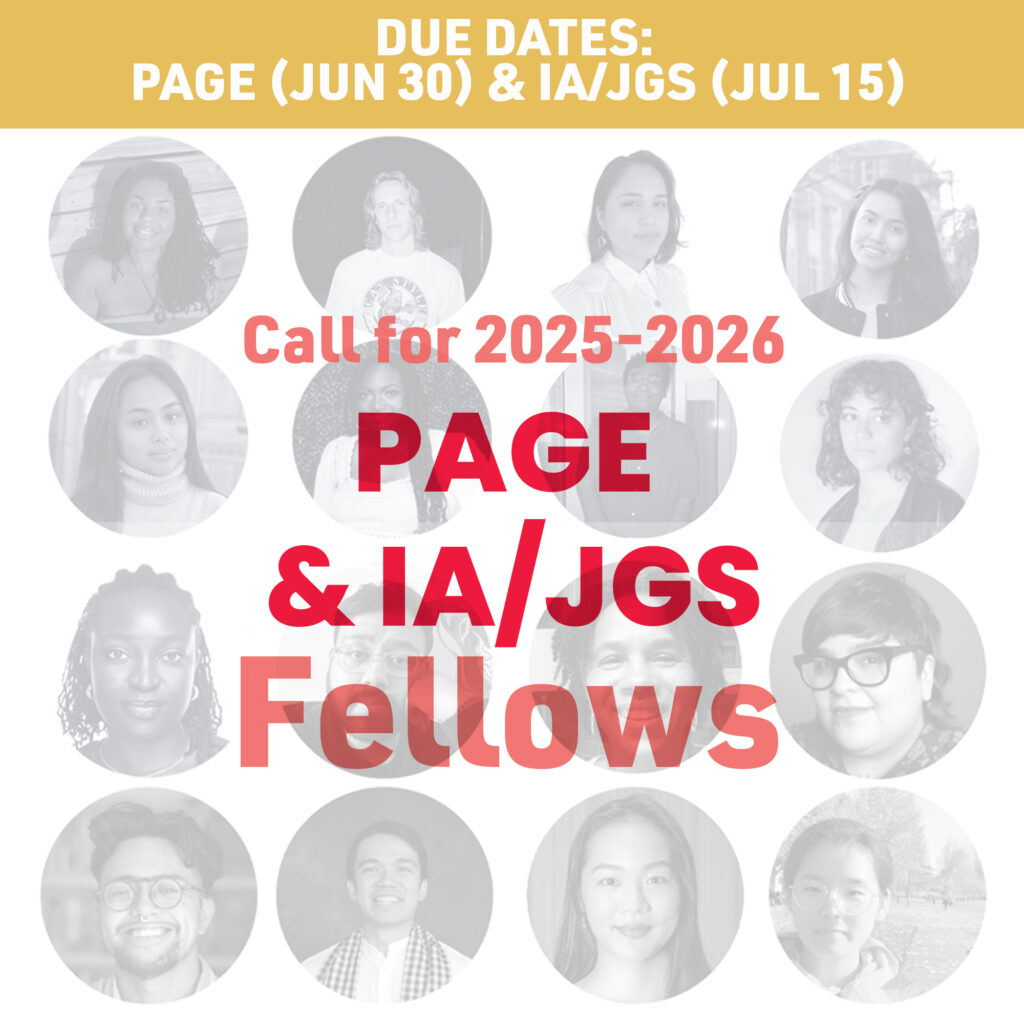Historicizing Ballroom Culture
Victor Ultra Omni.
A co-interview between Ololade Faniyi and Victor Omni on time and the digital in relation to the archive:


For too many, the understanding of New York City’s ballroom culture begins and ends with the 1991 documentary Paris is Burning. While the film by Jennifer Livingston remains a queer film classic, it has failed to truly represent the long and rich history of ballroom culture, often profiting off the very community it claims to showcase. Since its release, many of the film’s subjects who saw little financial gain from its commercial success, have continued to insist on the importance of documenting ballroom culture on their terms. Today, as both a scholar and a community member, I continue this essential work by prioritizing: oral histories, digital archives, and most importantly compensating the very Pioneers who built this culture.
Critiques of Paris is Burning and Jennifer Livingston are well-documented. Beyond the film’s silence on the HIV/AIDS crisis, the film failed to properly compensate its subjects. This resulted in a $55,000 settlement divided among thirteen performers based on screen time and the condition that they dropped their lawsuits against Livingston. In 1993, Livingston infamously quoted to The New York Times “I am educated, and I am white, so I have the ability to write those grants and push my little body through whatever door I need to get it through.” These callous remarks from Livingston underscore the ways she openly celebrated her race and class advantages over the predominantly impoverished Black people she claimed to document in the film. Her comments not only revealed a stark disregard for the people who generously shared their lives on film, but also marked her assertion of ownership and authority over the narrative and trademark of ballroom culture. Livingston continues in this piece saying, “If they wanted to make a film about themselves, they would not be able. I wish that weren’t so, but that’s the way society is structured.” Livingston’s comments about the supposed inability of ballroom figures to tell their own stories—claiming that their lack of access to film-making resources was inevitable—reflect a deep misunderstanding of the strength, savviness, and ingenuity within these communities.
As the niece of Hollywood director Alan J. Pakula—known for films like Sophie’s Choice, The Pelican Brief, and To Kill a Mockingbird —it’s perhaps unsurprising that Jennie Livingston might not deeply grapple with systemic racism, poverty, serophobia, and anti-Blackness beyond merely “wishing” these often lethal forms of discrimination did not exist. Livingston’s pernicious belief that Black gay people at that time could not make their own films stands in stark contrast to the explosion of Black queer films released in the 1990s by directors like Marlon Riggs, Isaac Julien, and Thomas Allen Harris—to name a few. For example, Riggs’s Tongues Untied (1989), which premiered three years before Paris is Burning, famously features Willi Ninja (one of the main subjects of Paris is Burning) and Derrick Pendavis voguing. Livingston has continued to rehabilitate her image and profit off ballroom culture as a consulting producer and director on shows like FX’s Pose. As just one case study, Jennie Livingston exemplifies how individuals have profited from ballroom culture without meaningful reparation for the harm caused.
So unfortunately, for over two decades, Paris is Burning represented the main source on explaining ballroom culture. For those unfamiliar, ballroom culture emerged in the early 1970s as a refuge and space for what today we might call trans and/or queer Black and brown communities. At balls, houses—chosen families that provide mentorship, and support—compete in events called balls, where participants walk categories like Runway, Performance, Realness, and Face. The competitions go beyond spectacle and talents but were sites of radical self-fashioning for Black and Latinx people ostracized due to their race, sexuality, and gender. The origins of ballroom culture served as a world of survival against the harsh realities of poverty, the HIV/AIDs epidemic, and other form of compounding violence. Ballroom was and continues to be a space to momentarily set aside these hardships to create and imagine different realities in community.
When I came to this work in 2016 as an Afro-Latine transmasculine person, I immediately encountered the deep need for repair. Like many young queer and trans people of color, I deeply needed a lineage or a usable history of those who came before me. But as I began seeking out the elders within ballroom culture—the very people whose courage and creativity shaped the community—I learned that their trust had been shattered. Many of these elders share that they had felt lied to and misled by Jennie Livingston, the director of Paris is Burning, who presented herself as a student working on a thesis. Livingston’s misrepresentations left deep scars, especially when the film went on to achieve mainstream success and financial profit without fairly compensating or acknowledging the contributions of its subjects.
These conversations eventually became my dissertation, “The Love Ball: A History of New York City’s House-Structured Ballroom Culture, 1972-1992.” In the Love Ball, I use oral history and participatory action research to record these conversations with ballroom’s elders. Over the past eight years, I’ve sat with more than thirty elders, videorecording their stories and paying them for their time and knowledge. This is more than just research; it is a practice of repair. When Jennifer Livingston was taking a class at New York University and entered this community she created an ongoing suspicion for any researcher or filmmaker that would follow. Visually recorded oral histories allow pioneers to share their history in their own words and simultaneously preserves the evidence that many members of this community have survived and aged with grace. Oral history as a tool democratizes the narrative arc of history. As an intervention, oral history can intervene on academic research that often abstract the voices of the true historians and memory keepers of a community. Entering these living rooms and recording the histories of Black and brown elders who had been mistreated and misrepresented began the process of healing the fractures created by previous exploitations. My work became a practice of rebuilding trust and showing up for the community. This ensured that every step of the research process centered the voices and experiences of ballroom culture’s pioneers with transparency and respect for their time and contributions. The stakes of my own life brought a sense of urgency and responsibility to ensure that these histories were preserved on the community’s terms.
A mainstream narrative often regards the history of ballroom culture as hidden or lost, as if the people who created it have all disappeared. For example, the article from the New York Times featuring Livingston in 1993 was titled “Paris Has Burned.” This could not be further from the truth. Elders in ballroom’s community keep this history alive, constantly reminding the newest generation of ballroom culture that there is a rich and complex history far older than ballroom’s first mainstream documentation.
It is vital to recognize that the history of ballroom culture has always been maintained by its pioneers. Pioneer is a status given to members of the ballroom community who helped create the culture and have participated in the ballroom community prior to 1984. Ballroom historians like Kevin Ultra Omni Burrus have committed their lives to preserving this history. For example, Kevin Ultra Omni, featured briefly in Paris is Burning and who refused to sign a release form for the film because of his knowledge of the potential legal implications, has rigorously maintained a timeline of the beginnings of ballroom history and made sure to post it on every digital social media site from Blogspot to Facebook for over 15 years. This timeline has been cited in all of the foundational academic projects referencing ballroom culture. But the impact of these pioneers deserve so much more than a footnote. Further, Kevin Ultra Omni has worked with generations of ballroom children internationally to answer questions about ballroom culture’s history. Additionally, museums, fashion industries, blogs, and documentarians have depended on Kevin Ultra Omni to ensure that members of the ballroom community are identified and to combat the claim that the history of ballroom culture has been disappeared.
The history of ballroom has not vanished but has been sustained through generations of people who guard and share these facts. Kevin Ultra Omni’s labor highlights how these stories are anything but “untold.” They are held within the rituals, lingo, and practices passed down at balls. In my work, I ensure elders like Kevin Ultra Omni who shaped this history are acknowledged and their expertise is preserved for the generations yet to come. Memory work is labor-intensive and emotionally demanding which is why it is critical that scholars compensate narrators for their knowledge and time.
Ballroom culture is not a relic, nor is it hidden. All too often popular news outlets will print headlines that tell the “forgotten or hidden stories” of ballroom’s history. But these histories are only forgotten by those disconnected from the ballroom community and the robust conversation that keeps ballroom history alive. Thanks to pioneers like Kevin Ultra Omni, this vibrant history has remained available to anyone willing to listen and learn. Kevin Ultra Omni’s work demonstrates that ballroom is not just about the event and spectacle of the ball; it’s about survival, kinship, and self-determination.
Too often, academia and media capitalize on these stories without adequately compensating the storytellers. Paying Black elders for their oral histories is not just fair—it is essential to honoring the work they have done to keep this history and culture alive. As Kevin Omni and many others have shown the work of preserving history happens in and beyond the Academy. As a community-engaged scholar, it is my work to partner and listen deeply to these elders to preserve and uplift their crucial storytelling and historical work.
ALSO ON VIEW:

Victor Ultra Omni is a PhD Candidate in the department of Women’s, Gender, and Sexuality Studies at Emory University. Victor is a trans masculine Afro-Latine memory worker, teacher, and writer. Since 2017, they have been a father in the pioneering House of Ultra Omni. Their dissertation The Love Ball: A History of New York City’s House-Structured Ballroom Culture 1972-1992 provides a historical treatment of the origins of ballroom culture. Victor’s research has received awards and support from the Mellon Foundation, Society for Visual Anthropology, Social Science Research Council, Institute for Citizens and Scholars, and the Ten:Tacles Initiative for Transgender History. Two of their current projects are co-editing a ballroom themed issue of Trans Studies Quarterly issue 12.4 and serving as a community advisor to the Museum of the City of New York’s !Urban Stomp! exhibition.



Leave a Reply